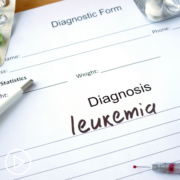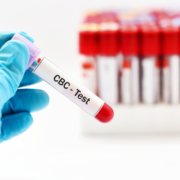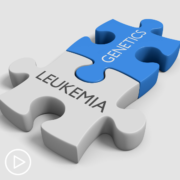What Does Minimal Residual Disease (MRD) Mean for CLL Patients?
What Does Minimal Residual Disease (MRD) Mean for CLL Patients? from Patient Empowerment Network on Vimeo.
What do chronic lymphocytic leukemia (CLL) patients need to know about minimal residual disease (MRD)? Dr. Seema Bhat explains what it is, how it’s checked, and what it means for patients.
Dr. Seema Bhat is a hematologist at The Ohio State University Comprehensive Cancer Center – The James. Learn more about Dr. Bhat here.
Related Resources:

|

|

|
Transcript:
Katherine:
Here’s another question from Anna. She asks, “What is MRD, and does that mean that the disease is cured?”
Dr. Bhat:
So, MRD is minimal residual disease, and in CLL is defined as the number of leukemic cells that can be detected in the blood or bone marrow following treatment, meaning how many cancer cells are remaining after treatment? This can be checked by a couple of tests. Most commonly, we use flow cytometry. Undetectable MRD is currently defined as the presence of less than one cell – one CLL cell in 10,000 white cells.
It’s emerging as an endpoint in a number of clinical trials, and presence of no MRD, also called, “MRD-negative status,” although not considered a cure, predicts better outcomes with longer remission. This is being done in combination treatment, and although it’s part of clinical trials currently, with more data available, we may start using this in clinical practice in the next coming years.










